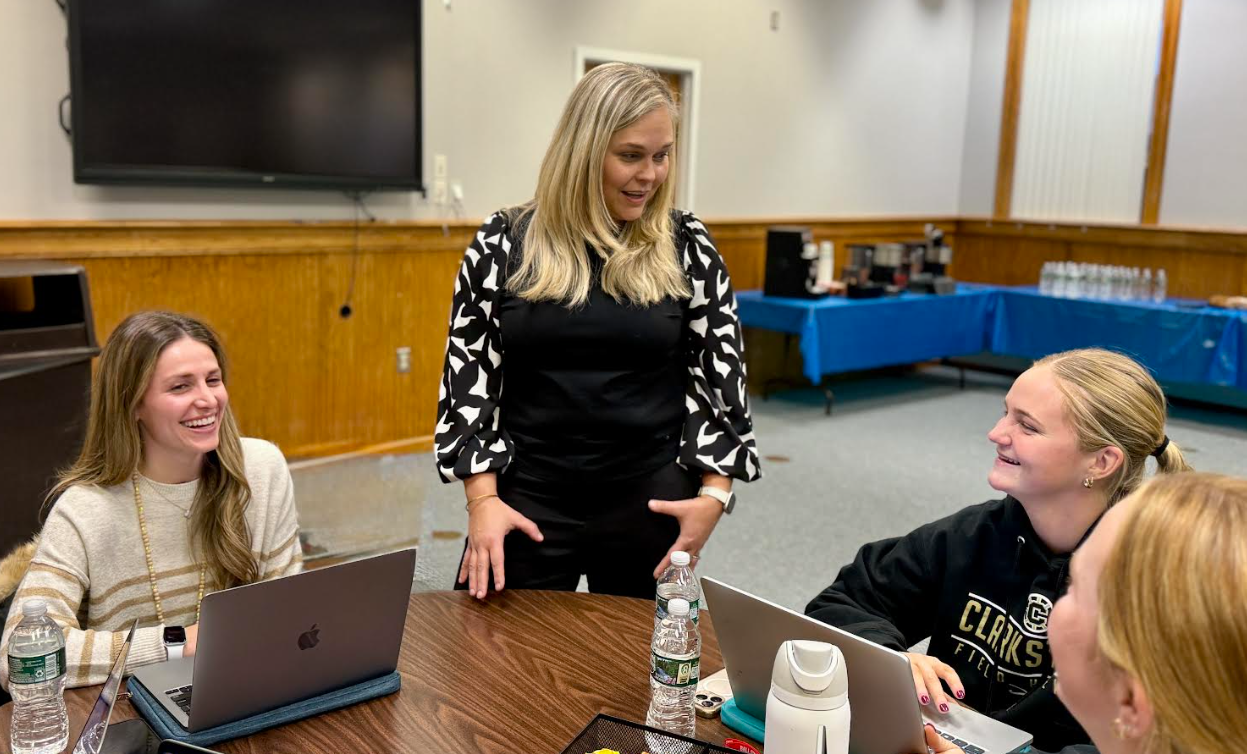Understanding Content Curation – A Refresh
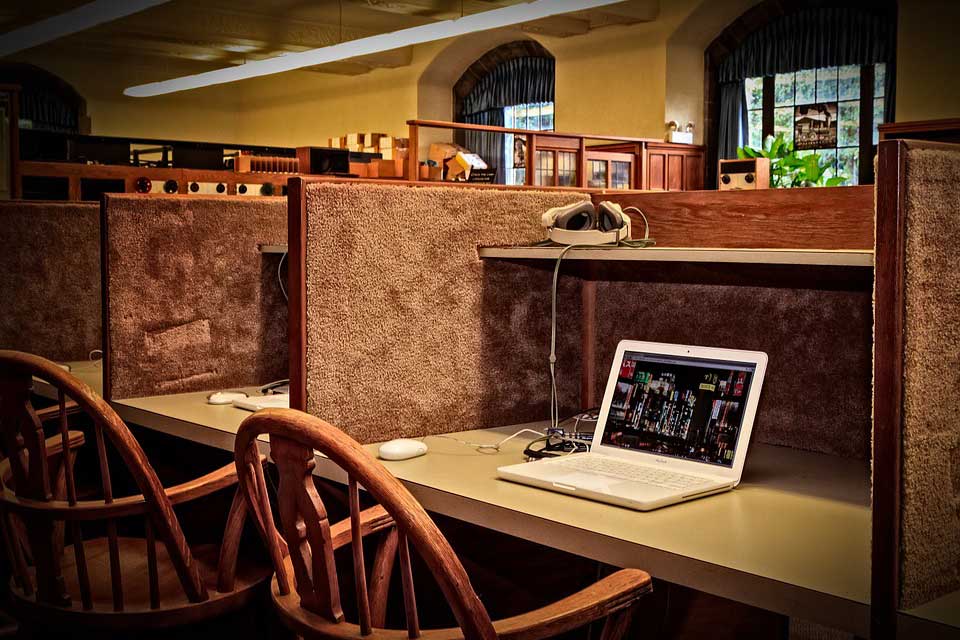
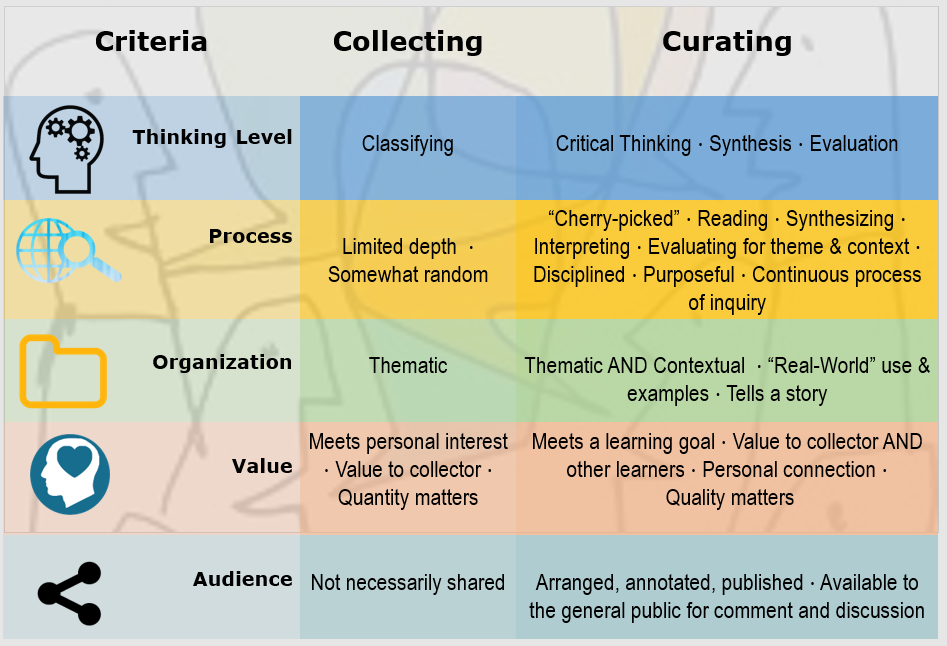
Personal ConnectionSharing, Audience – Comments & DiscussionStorytelling
In the summer of 2012, I began an exploration of the concept of Content Curation, and what this meant for teachers and students. Little did I know at the time that my journey would involve curating…about curating. Given the task of providing professional development for teachers to curate resources for backwards-designed units, I started researching to better understand why the word “curate” was being used – so I set out to define what curation meant in the field of education, and realized early on in my research that student curation is where our focus should be. My original post, where I shared my discoveries and understandings, has generated more traffic than any other post on my blog, with hundreds of cross-postings on sites in the fields of education, marketing and libraries.

For the past 5 years I have continued to curate information about curating, using the same Scoop It site I started in 2012. I investigated the skill sets that are practiced with content curation, and how this aligns with skills needed for the workforce. I collaborated with teachers to design learning that included content curation, and saw the powerful learning that this produced. As more projects were completed with students, I began to see the elements that were essential to really produce the passion for learning that was so evident in the first project I had done with 8th grade social studies students. As a result, I have adjusted my original infographic to reflect these elements.
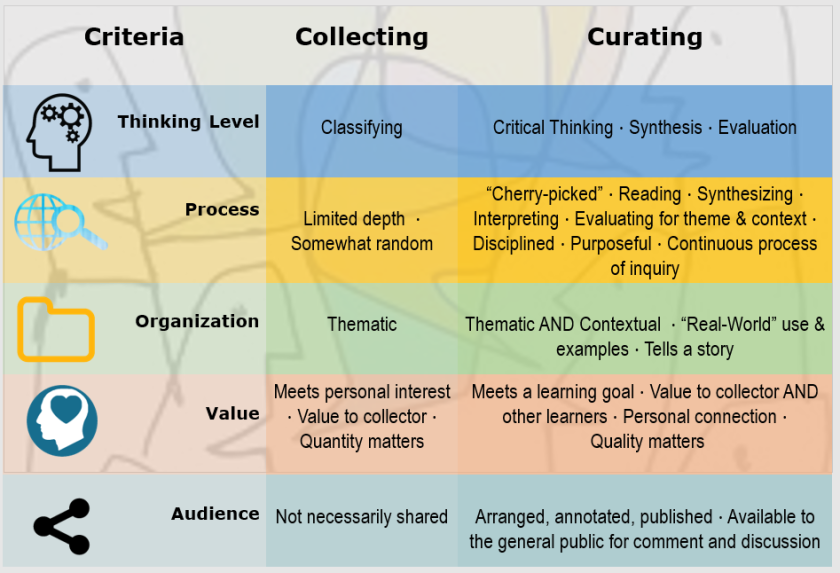
There are three important additions to the infographic: personal connection, an increased emphasis on sharing with opportunity for comments and discussion, and the element of storytelling.
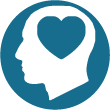
Students who are given choice in selecting a topic for curating are far more likely to engage in deeper learning, in my experience. Providing some parameters to keep the project aligned with content and standards is still possible, provided you offer a broad range of topics and give students the flexibility to take the curation project in a direction that they can personally connect with. This begins to resemble passion-based learning and genius hour. For more on these topics, I highly recommend the work of Angela Maiers.

A curator’s need for an audience and authentic feedback became apparent when I launched two nearly identical projects with two different classes of middle school students. The process for topic selection was the same -using a gallery walk of images related to the content and standards being addressed and Question Formulation Technique for students to select a topic that generated the most interest for them, and then having the students use a blog to share their curation work. One project was hugely successful in generating high interest, deep learning, and passion for the topics beyond the life of the project. The other was much less so. The primary difference between the two? The teacher in the highly successful curation project made a concerted effort to provide feedback and comments daily on the student blogs through the life of the project – enlisting the help of dozens of teacher friends to assure that students knew their voice was being heard. The other teacher had concerns about sharing student work publicly, and so students did not receive any outside visitors other than classmates who were required to comment on a handful of blogs as part of their grade. In my own curation work, I have found the need to share and seek feedback on the new directions of my thinking grow along with my passion for curating. The act of sharing and discussing a curation project adds more depth to my understanding and helps me make new connections. In effect, it is creating a community of learners who share your passion to understand the concept or topic at a deeper level.

This element first became apparent to me as I looked at curating through the lens of a museum curator. Beth Kanter used the phrase “cherry pick” to describe the process of curating, and this always made me wonder why this was such an important part of the definition of curation that sets it apart from “collecting.” I began to understand it better when I investigated what a museum curator goes through to select the artifacts that will make their way into a museum display. There are many items that are left in the archives. Why? Besides the fact that there would not be room to display all the collected artifacts, not all the items are needed to tell the story that the museum curator wants to tell. In content curation, it is the same. When we curate, we “cherry pick” the items that best tell the story that is forming in our minds. We arrange the content in such a way to tell that story, and we feel compelled to share the story as it develops. I believe this is one reason that a blog, or a curation tool that provides the ability to arrange, write, and reflect on the curated content is essential.
Tools and ideas to transform education. Sign up below.
As I reflect at the 5-year anniversary of my curation journey, I am very happy to know that the education community now recognizes the value of students as curators. In the new ISTE Standards for Students, introduced at last year’s ISTE conference, the third standard is “Knowledge Constructor.”
“Students critically curate a variety of resources using digital tools to construct knowledge, produce creative artifacts and make meaningful learning experiences for themselves and others.”
I look forward to continuing my work with teachers and students to help develop content curation skills, and in so doing, help them find their passion for learning!
cross posted at Innovations in Education
Nancy White is the 21st Century Learning & Innovation Specialist for Academy School District 20, providing professional development on 21st century skills and technology integration, and working with the IT-ES team to carry out the district’s 21st Century Learning Plan. Nancy served on an ad-hoc team to help with the integration of 21st century skills into Colorado’s revised content standards, and co-authored The Colorado Learner’s Bill of Rights. Read more at Innovations in Education.
